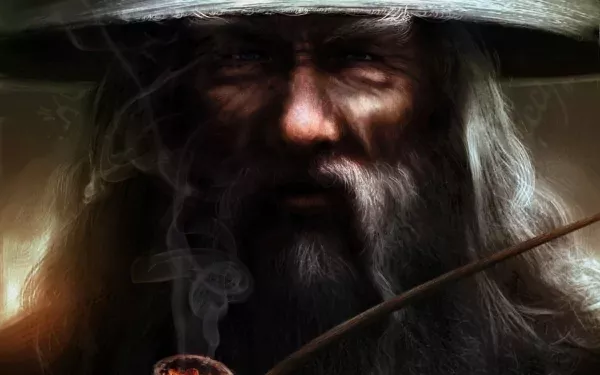Exploring the Distinctions: Is “The Hobbit” the Same as “The Lord of the Rings”?
J.R.R. Tolkien’s captivating works, “The Hobbit” and “The Lord of the Rings,” have enthralled readers for decades, transporting them to the enchanting realm of Middle-earth. While both novels share a common setting and are authored by Tolkien, it is crucial to understand that “The Hobbit” and “The Lord of the Rings” are distinct literary works. This article aims to shed light on the differences between these beloved tales and explore the unique qualities that make each story special.
Narrative Scope:
“The Hobbit” stands as a prelude to “The Lord of the Rings” and sets the stage for the events that transpire in the later trilogy. It follows the adventures of Bilbo Baggins, a hobbit who embarks on a quest with a band of dwarves to reclaim their homeland from the fearsome dragon, Smaug. In contrast, “The Lord of the Rings” chronicles the epic quest of Frodo Baggins, Bilbo’s nephew, as he embarks on a perilous journey to destroy the One Ring and save Middle-earth from the clutches of the Dark Lord, Sauron.
Tone and Style:
“The Hobbit” carries a lighter, more whimsical tone, suited to its intended younger audience. The narrative possesses a fairytale-like quality with its focus on Bilbo’s unexpected adventures and his encounters with charming characters like Gandalf and Gollum. In contrast, “The Lord of the Rings” takes on a more mature and complex tone, delving into themes of heroism, sacrifice, and the struggle between good and evil. Tolkien’s prose becomes denser, and the plot becomes increasingly intricate, as the fate of Middle-earth hangs in the balance.
Character Development:
The characters in both books undergo significant growth and transformation, yet the focus and development differ. In “The Hobbit,” Bilbo Baggins experiences personal growth, evolving from a timid and unadventurous hobbit to a brave and resourceful hero. Meanwhile, “The Lord of the Rings” explores a wide range of characters, each with their own unique arcs, including Frodo, Sam, Aragorn, and Gandalf, among others. The trilogy delves into their struggles, virtues, flaws, and the choices they make in the face of tremendous adversity.
Themes and Philosophical Depth:
While both works explore themes of heroism, friendship, and the fight against evil, “The Lord of the Rings” delves deeper into the complexities of power, temptation, and the corrupting influence of the One Ring. It examines the nature of good and evil, and the inherent flaws and strengths within individuals. “The Hobbit” retains a more straightforward approach, with a primary focus on adventure and the triumph of the underdog.
Narrative Structure:
“The Hobbit” follows a linear storyline, with a clear beginning, middle, and end, making it a more self-contained tale. On the other hand, “The Lord of the Rings” is an epic trilogy divided into three books: “The Fellowship of the Ring,” “The Two Towers,” and “The Return of the King.” This structure allows for a more expansive exploration of Middle-earth, a broader cast of characters, and multiple storylines interwoven across the trilogy.
Conclusion:
While both “The Hobbit” and “The Lord of the Rings” share the enchanting backdrop of Middle-earth and are masterpieces crafted by J.R.R. Tolkien, they are distinct works with their own narratives, tones, character arcs, and thematic explorations.
RELATED READING:
-
How many copies of the Lord of the Rings sold?
-
Lord of the Rings Book – How Many Pages?
-
The Enigma of Jesus in “Lord of the Rings”

